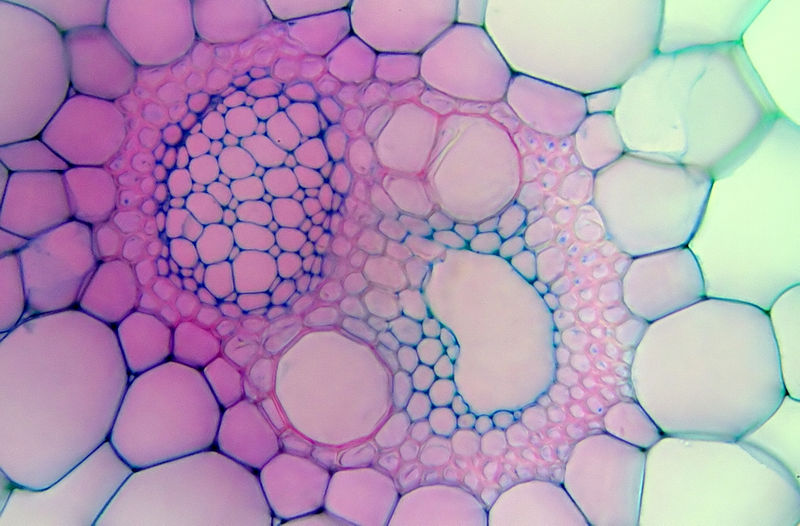Last lesson we learned about the different types of signalling molecules (plant and animal hormones, neurotransmitters, cytokines and phermones). Today we will learn what happens when these signalling molecules reach their target cells, causing a response in the cell. Lipophobic (hydrophilic) signalling molecules cannot pass through the cell membrane, so they rely on complementary protein receptors that are embedded in the cell membrane. Once the signalling molecule – or ligand – binds to the receptor protein, secondary messenger molecules are released inside the target cell. Learn more about the specifics of signal transduction here:
Signal transduction from the Penguin Prof Channel
Signal transduction from Mr Bozeman (simple animated diagrams with commentary)
In the video above, observe one of the consequences of signal transduction – apoptosis or programmed cell death.
